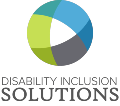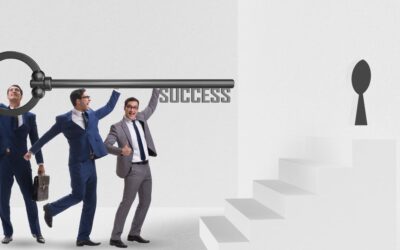The idea behind Universal Design is simple: create spaces that are accessible, comfortable, and functional for everyone, regardless of age, stature, or abilities. The UD principles can be applied to any space, experience, or product created to be used for the masses. But it’s especially helpful when it’s applied to commercial spaces.

Think of the layout of the average workspace. There are private offices, clusters of workstations, a kitchen, multiple hallways, and at least one conference room. There’s probably artwork displayed on the walls and plants decorating the corners. But what’s underfoot?
There are such simple and subtle ways to elevate flooring using UD practices. Our imaginary office, for example, has wood in the reception area and low-pile carpeting in the main workspace. The hallways have that same carpeting, but each corridor is trimmed with a contrasting color on the edges along the wall. And the kitchen has rubber flooring. Basically, there’s a change in flooring textures between each room, allowing the subtle changes to convey information about the surroundings.
- Working up from the floor, there are other uncomplicated UD improvements that can have a high impact.
- Lowering signage increases visibility and ensures safety.
- Replacing toggle light switches with rocker or touch switches makes lighting easier to control by people with limited hand strength or dexterity.
- Wayfinding design features such as brightness difference, textural and tactile contrast, and audible signs help people with visual disabilities get where they need to go inside buildings.
Whether it’s an office floorplan, your computer chair, or your smartphone, universal design aims to make everyday life experiences inclusive to all. It’s also a critical tool in allowing people to fully participate with dignity at work and the community at large. I’ve created a short but insightful quiz that can help you determine where you fall on the accessibility, inclusivity, and equality scale. Take it and find out how you rate.





0 Comments